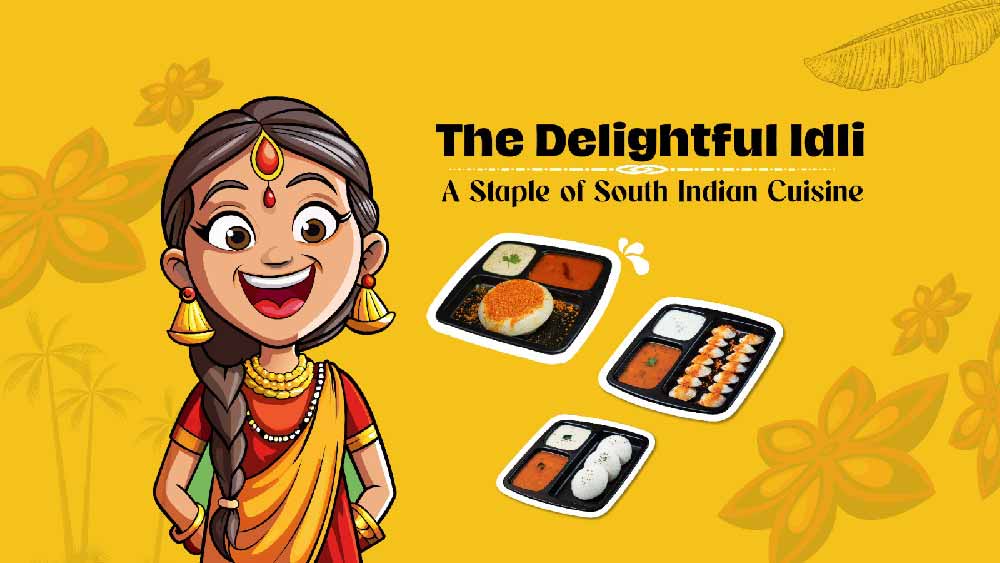
Idli is not just a breakfast item; it’s a beloved dish from South India that has captured hearts all over the country and beyond. These soft, fluffy idlis are an essential part of many households, bringing a taste of tradition to the table.
Origins and Cultural Significance
The history of idli dates back over a thousand years, with references found in ancient texts. It is believed to have originated in the regions of Karnataka and Tamil Nadu. Traditionally, idli is made through a fermentation process that enhances its flavor and boosts its nutritional value.
In South Indian culture, idlis hold a special place. They are commonly served during festivals, family gatherings, and special occasions. Paired with coconut chutney and sambar, idlis make for a delicious and wholesome meal.
Idli is a nutritious choice, packed with carbohydrates and proteins. The fermentation process helps in better nutrient absorption and adds a slight tangy taste. Low in calories and fat, idlis are perfect for anyone looking to maintain a healthy diet. Plus, they are gluten-free, making them a safe option for those with dietary restrictions.
Variations and Innovations
While the traditional idli is cherished, there are many delicious variations to explore:
Rawa Idli: Made with semolina instead of rice, these idlis are quick to prepare and offer a unique texture.
Vegetable Idli: Adding chopped vegetables boosts both flavor and nutrition, making them even more wholesome.
Kanchipuram Idli: A spiced variant that includes pepper and ginger, hailing from the temple town of Kanchipuram.
Recently, creative chefs have also introduced fusion idli versions, incorporating global flavors to cater to modern tastes.
Leave a comment
Your email address will not be published. Required fields are marked *